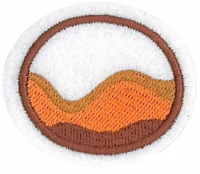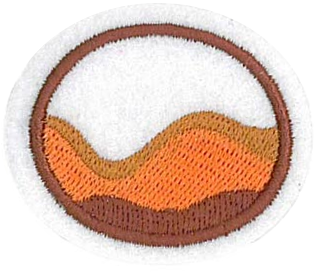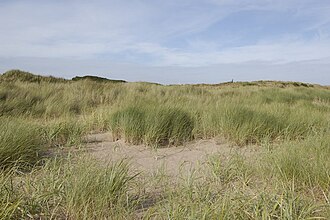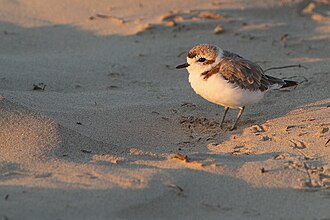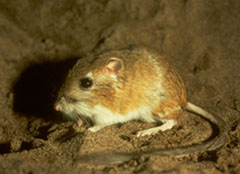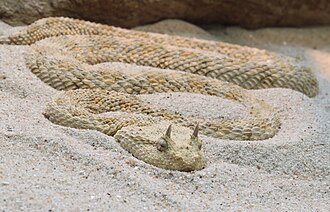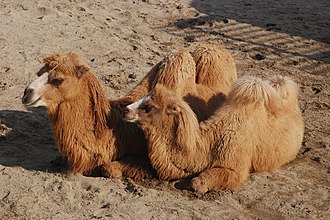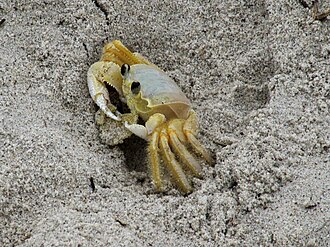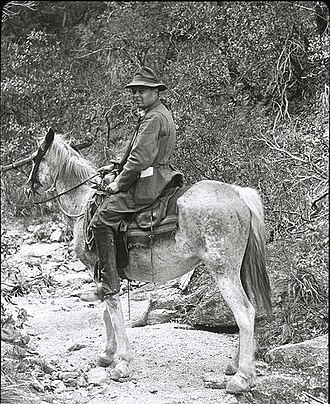Difference between revisions of "AY Honors/Dunes/Answer Key/es"
(Created page with "<noinclude>") |
(Created page with "</noinclude> <!-- 9. Dar cinco ejemplos de especies de animales que viven en dunas. ¿Qué las hacen únicas para vivir en dunas? -->") |
||
| Line 94: | Line 94: | ||
{{CloseReq}} <!-- 8 --> | {{CloseReq}} <!-- 8 --> | ||
{{ansreq|page={{#titleparts:{{PAGENAME}}|2|1}}|num=9}} | {{ansreq|page={{#titleparts:{{PAGENAME}}|2|1}}|num=9}} | ||
| − | <noinclude> | + | <noinclude></noinclude> |
| − | </noinclude> | + | <!-- 9. Dar cinco ejemplos de especies de animales que viven en dunas. ¿Qué las hacen únicas para vivir en dunas? --> |
| − | <!-- 9. | ||
| − | |||
| − | |||
| − | |||
| − | |||
| − | |||
| − | |||
<div lang="en" dir="ltr" class="mw-content-ltr"> | <div lang="en" dir="ltr" class="mw-content-ltr"> | ||
Revision as of 03:21, 10 April 2021
1
2
3
3a
3b
3c
4
Dome
Dome dunes are circular or oval mounds with no slipface.
5
6
7
Beach Grass, Marram Grass
Always found in the zone directly behind the beach, thrives in drifting sand. A very stiff grass with a very extensive underground root system capable of sending new shoots up at any point. It has teeth pointing towards the end, a sharp tip. It also has a seedhead spike.
8
9
Western Snowy Plover
A shorebird about the size of a sparrow, found on coastal beaches, dunes and near stream inlets in California and Oregon. They make their nests on the open sand, coming back to the same area year after year. Due to habitat loss, disturbance and predation these birds are federally threatened. Several organizations are working together to ensure this species survival.
Karner Melissa Blue Butterfly
A federally listed as endangered butterfly, common in the west and endangered or extirpated in the east. The caterpillars feed solely on the leaves of Wild Lupine (primary), alfalfa, rattleweeds, other legumes. Savanna habitat is crucial to this butterfly’s survival, prescribed burns are necessary to keep the woody and invasive species in check. The amount of Wild Lupines and butterfly populations are directly connected. There is a population in the Indiana Dunes. There are several organizations and volunteers working together to ensure the survival of this community.
Ord’s Kangaroo Rat
The most widespread species of Kangaroo Rat. They hop on their big hind legs like tiny kangaroos, using their long tails for balance. They are very capable of jumping 5 feet or more in one leap to escape danger! They sleep in burrows during the day, coming out mostly at night to feed on seeds, frequently their only source of moisture. They carry many seeds in pouches in their cheeks to store in their burrows. Common in open sand, grassland and sagebrush flats, pine variety woodlands.
Horned Viper
This snake is a sidewinder, meaning it uses its head and tail to move their body sideways. It uses camouflage so that it is the same color as its surroundings, usually sand. It lives in northern Africa deserts.
Camel
Length: 9 feet, Height 7 feet at the shoulder. This mammal is characterized by long legs, long curved neck, long eyelashes, and small ears. They have the ability to close their nostrils against blowing sand and can eat hard, thorny vegetation. They store energy in their hump(s) and can manage losing more water than any other domestic animal. In fact, camels can tolerate water loss equivalent to over 1/3 of their body weight. All of these characteristics combined with their two toed feet with webbing make them great animals for crossing deserts and climbing over immense sand dunes. They are used for police patrol in Arab countries and in the cool season have been documented to walk 620 miles on a single journey over several days with very little or no water. They can drink over 20 gallons of water in a very short time.
Atlantic Ghost Crab
A crab that feeds at night, also digs burrows up to 4 feet deep and to ¼ mile from the shore. They are scavengers and have a fantastic ability to live away from the water, only returning to wet its gills (can also do this in wet sand) and reproduce.
10
Henry Chandler Cowles (1869-1939), also known as the “Father of Plant Ecology”, was an ecologist, botanist, conservationist and field teacher for the University of Chicago Botany Department. His work of many years led to the establishment of the Indiana Dunes State Park on August 25, 1916. This eventually grew and became the Indiana Dunes National Lakeshore in 1966.
11
And God gave Solomon wisdom and understanding exceeding much, and largeness of heart, even as the sand that is on the sea shore.
Have you ever tried counting a handful of sand, or even a pinch of sand? Imagine trying to count the sand in a sand box or at a beach! It is nearly or totally impossible, even with a microscope, not to mention how much time it would take! However, in observing sand grains up close, you can see that they have different shapes, colors, sizes and textures. Rub it between your fingers and it feels smooth, yet rough. Sand is so much fun to play and dig in, make sand castles, bury your hands and feet. Sand is used to make glass, bricks, in landscaping, the abrasiveness used for polishing and sand blasting, dump trucks spread sand on icy roads to improve wheel traction, sand bags ward off rising waters and floods, mix it with cement and water to make concrete for sidewalks and buildings. Sand grains do not weigh very much, but a bucket full can be very heavy. Lots of sand in big piles is called dunes with the wind as an essential part in forming the shape and type of dune.
Life is like a sand dune. The sand grains are our daily activities, how we treat each other, what we watch and listen to, what we put into our minds and even how we take care of ourselves. The winds (problems) will come and go and be very strong at times. The shape and strength of stability in your dune will be determined by how your relationship with Jesus is. Just like the pioneer plants and forests of dunes stabilize the sand, our spirituality and faith with stabilize us for eternity.
12
12a
12b
Si piensa visitar un zoológico o acuario, tenga en cuenta que hay varias especialidades que tienen requisitos que se pueden cumplir visitando un zoológico o acuario. Los individuos pueden trabajar en varias especialidades en una visita, o partes de su grupo pueden trabajar en diferentes especialidades durante la misma visita.
Aquí hay una lista de especialidades que tienen requisitos que se pueden cumplir visitando un zoológico o acuario:
Bosques templados caducifolios
12c
Here are some possibilities:
- http://www.youtube.com/watch?v=CV4Bn1lBXH0 What's Behind the Dunes at Kauri Mountain Beach?
- http://www.youtube.com/watch?v=ib8aMBrb6yk Outdoor Elements - Habitat Is Where It's At! (Plants of Indiana's Dunes)
12d
Depending on your choice, it would be a good idea to review the Digital Photography or Drawing honor before engaging in this activity.
12e
| Tip for earning from home during the pandemic | |
| This requirement would be especially fun for anyone who has been trapped at home for a while! |
Big sand box, fans, and stuff to blow sand around? This should be a lot of fun! Wear eye protection, and make sure it is the kind that makes an air-tight seal around the face (such as safety goggles, swim goggles, or ski goggles).
12f
Again, the Drawing and the Painting honors have tips for creating works of art. Why not make earning one of these part of your project?
12g
This choice will give you a big jump on the Dunes - Advanced Honor.
